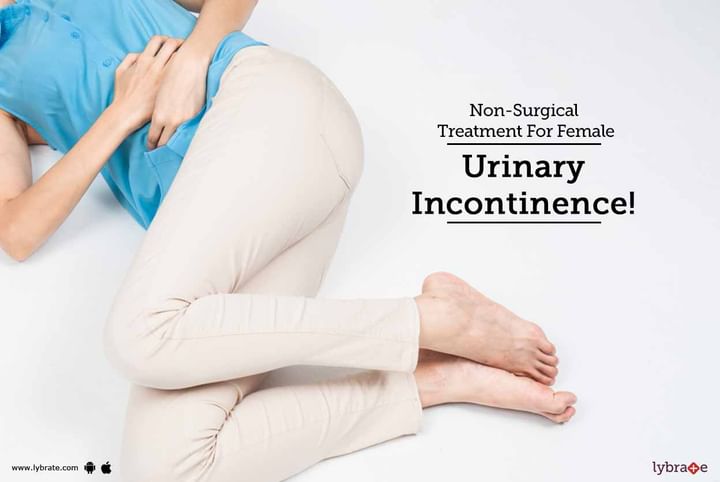Non-Surgical Treatment For Female Urinary Incontinence!
What is Urinary Incontinence?
Urinary incontinence is the unintentional discharge of urine. Urinary incontinence may manifest itself in different forms. This may include an overactive bladder, mixed or transient incontinence.
Causes of Incontinence-
Incontinence may be a result of weakened or damaged pelvic floor muscles or an obstruction in the bladder. It most often occurs in women after pregnancy and menopause. Rapid weight gain or a genetic pre-disposition can increase the risks of incontinence. With increasing age, the chances of incontinence increase.
Treatments-
Urinary incontinence can be non-surgically treated by a few simple measures. These include-
- Lifestyle Modifications- Obesity has been linked to urinary incontinence in women. A healthy and balanced diet with an adequate amount of physical exercise will help control your weight. You should also cut down on the amount of alcohol and caffeine that you consume. You should also regulate the amount of fluids that you consume. Drinking too little or too much can worsen incontinence.
- Pelvic Floor Muscle Exercises- The muscles of the pelvic floor are the ones that control urine flow. They are situated around the urethra and the bladder. Urinary incontinence may be caused by damaged or weakened pelvic floor muscles. Exercises designed to strengthen and tighten these muscles called kegel exercises are recommended by physicians to control urination. This exercise involves the repeated contraction and relaxation of the pelvic muscles.
- Bladder Training- Bladder training is a behavioral therapy that helps increase the time interval between bouts of urination. It also increases the amount of fluids that the bladder can hold before you feel the urge to empty it. It requires that you follow a fixed schedule for urination irrespective of your urge to urinate. The intervals are progressively increased.
- Incontinence Products- There are sanitary products like fluid soaking pads and pants that help manage incontinence. They help manage any accidental leakages that might occur.
- Medications- There are medicines that help regulate urination and strengthen muscles that control urine flow.
- Duloxetine is a medicine that increases urethral muscle tone and helps to keep it closed. It is an oral medicine that should only be administered under the doctor’s supervision.
- Antimuscarinics which commonly include tolterodine, oxybutynin, and darifenacin help regulate urination if you urinate frequently.
- Mirabegron might be prescribed by your physician in an attempt to relax the bladder muscles. This will allow it to store urine for longer periods of time.
Urinary incontinence is prevalent mostly in older women and its treatment is a big part of their health and well-being.
In case you have a concern or query you can always consult an expert & get answers to your questions!



+1.svg)
